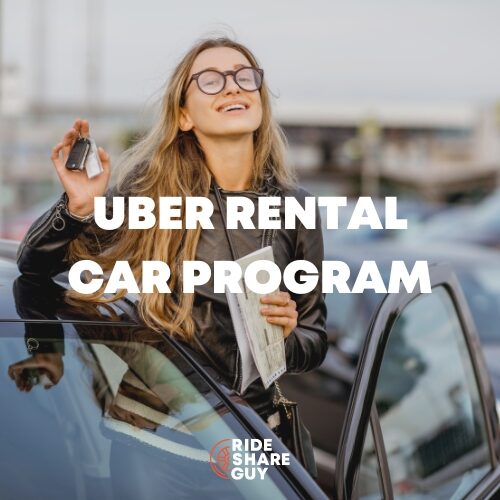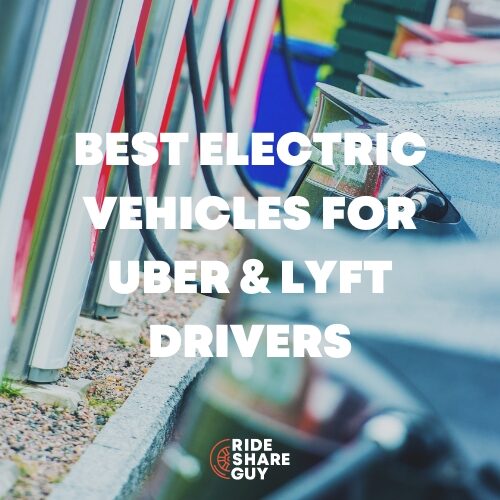The list of best cars for rideshare drivers is frequently changing, and due to recent disruptions in the global supply chain, the price of used and new cars is substantially up.
If you’re looking for the best car to drive for Uber or Lyft, our resident car guru, Gabe Ets-Hokin, shares his up-to-date list of favorites below.
What’s the Best Car for Rideshare Driving?
Oh boy, what a can of worms! My short answer is that it’s the car that works best for you.
How do you figure that out? Well, before I bought my rideshare car, I spent about three months reading, researching, and figuring out what would make me the most money.
I’ll share my methods – plus my short list of final picks that you can use to get into the perfect ride. Remember, the best car is the best car for you – the recommendations below are only guidelines!
If you’re really not sure about which car to get for rideshare, consider renting vehicles and driving them for rideshare before purchasing.
Best Cars for Uber & Lyft Drivers
Here are our top picks for the best cars for rideshare drivers:
- Hyundai Elantra
- Kia Forte
- Honda Civic
- Toyota Corolla
- Hyundai Sonata Hybrid
- Toyota Camry Hybrid
- Honda Accord Hybrid
- Toyota Prius
- Lincoln MKZ Hybrid
- Chevrolet Bolt EV
Hyundai Elantra, Kia Forte, Honda Civic, Toyota Corolla (2015-newer)
- Low Price: $9,991 (2015 Hyundai Elantra)
- MPG: 28-32 city/38-42 hwy
- Cost Per Mile: $.35
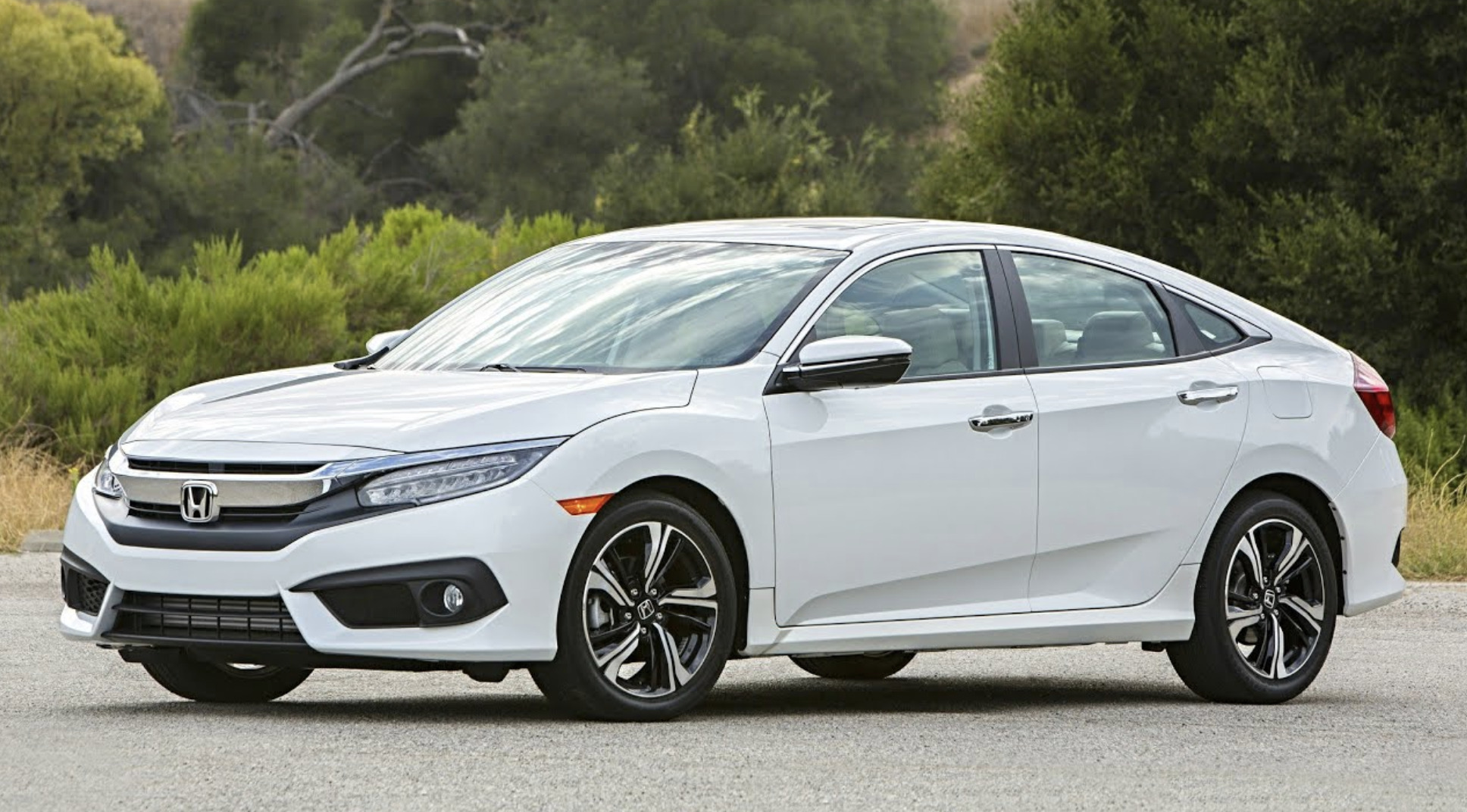
What these little fellas are great for is a surprisingly low up-front investment. I found plenty of Elantras and Kia Fortes (essentially the same car) on Autotrader for under $10,000; Corollas and Civics start around $13,000.
Not a bad deal for these, which are reliable, fun to drive, get good (count on 25mpg average for ridesharing) fuel economy and offer decent infotainment options and passenger room/trunk space.
However, given the surge in the price of used cars, I’d look into buying one of these new ones, especially if you can get factory or dealer discounts to bridge the now-narrower price gap between new and used.
The cheaper gas is where you live, and the more you drive on the highway, the more you’ll save, but beware non-hybrids burn through brakes and transmissions driving around town. One of these cars is highly recommended for folks who want low insurance costs and car payments but still want newer tech, performance, and safety features.
Hyundai Sonata Hybrid, Toyota Camry Hybrid, Honda Accord Hybrid (2015 or newer)
- Low Price: $14,000 (Sonata)
- MPG: 39-49 city/38-47 hwy
- Cost Per Mile: $.16
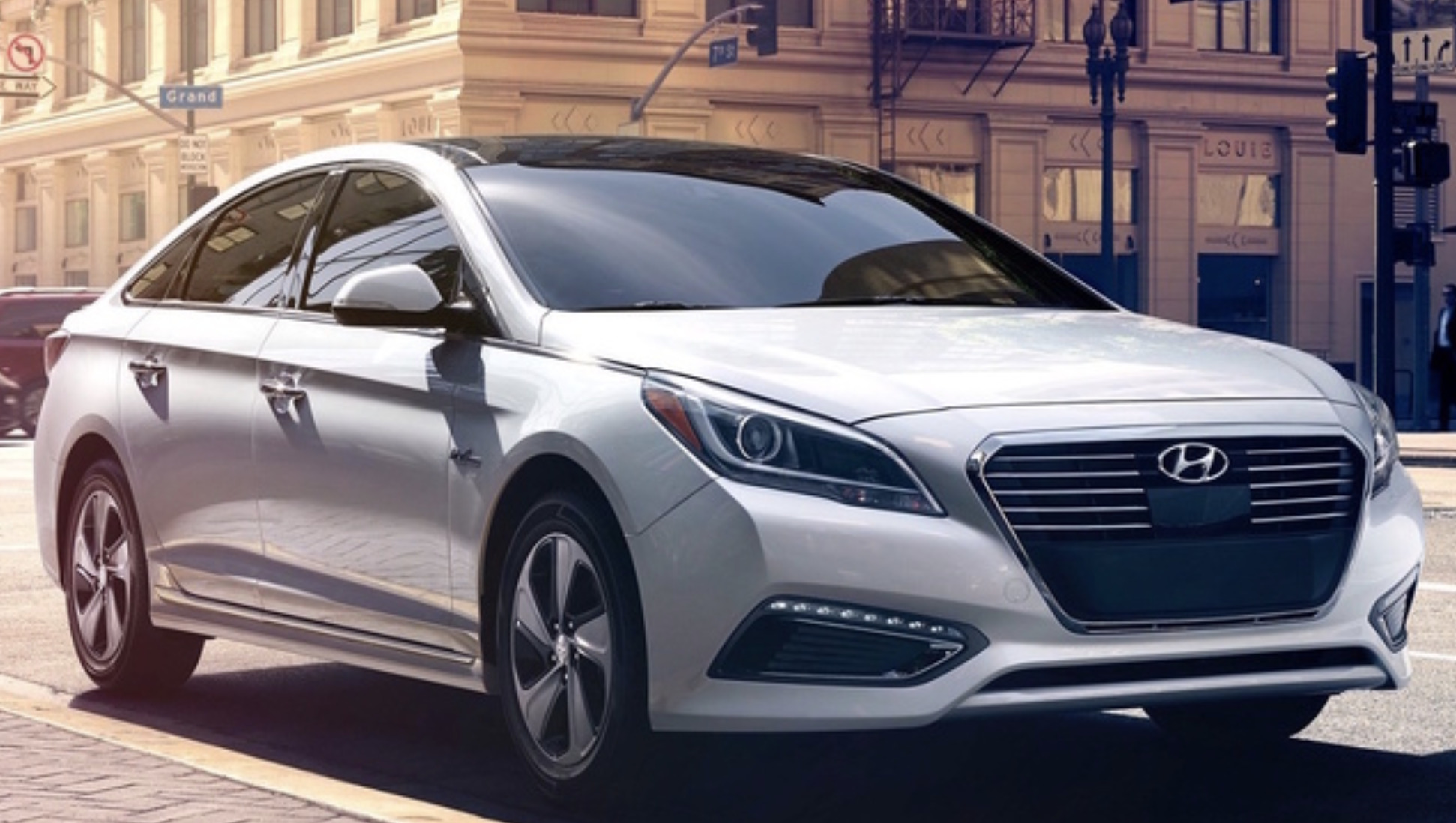
Choose your flavor. Bland anonymity? Toyota. Thrifty fun? Hyundai. Sporty and solid? Honda. RSG Senior Contributor Jay Cradeur loves his Accord Hybrid, plus you’ll likely be scooping up some of those sweet, sweet Uber Comfort rides (which is why I recommend a car newer than 2015).
You may have noticed from reading this listicle that I’m a fan of hybrids, and you’re right. That’s because not only do they use a lot less gas, saving you money and extending your range, but they also love stop-n-go city driving.
Hybrids have a lot more pep off the line and are cheaper to maintain: brakes and transmissions last much longer than conventional cars. It’s the next best thing to an EV.
So why not just get a Prius?
Here’s why: the Sonata/Camry/Accord are intended for older buyers who want more room and a quieter ride than a car like the Prius. You spend 40 hours a week or more in your car, so why not make it as hospitable as possible?
Your customers will thank you, maybe even tip. Miracles can happen. Believe.
Toyota Prius (2017-newer)
- Low Price: $17,995
- MPG: 54 city/50 hwy
- Cost Per Mile: $.17
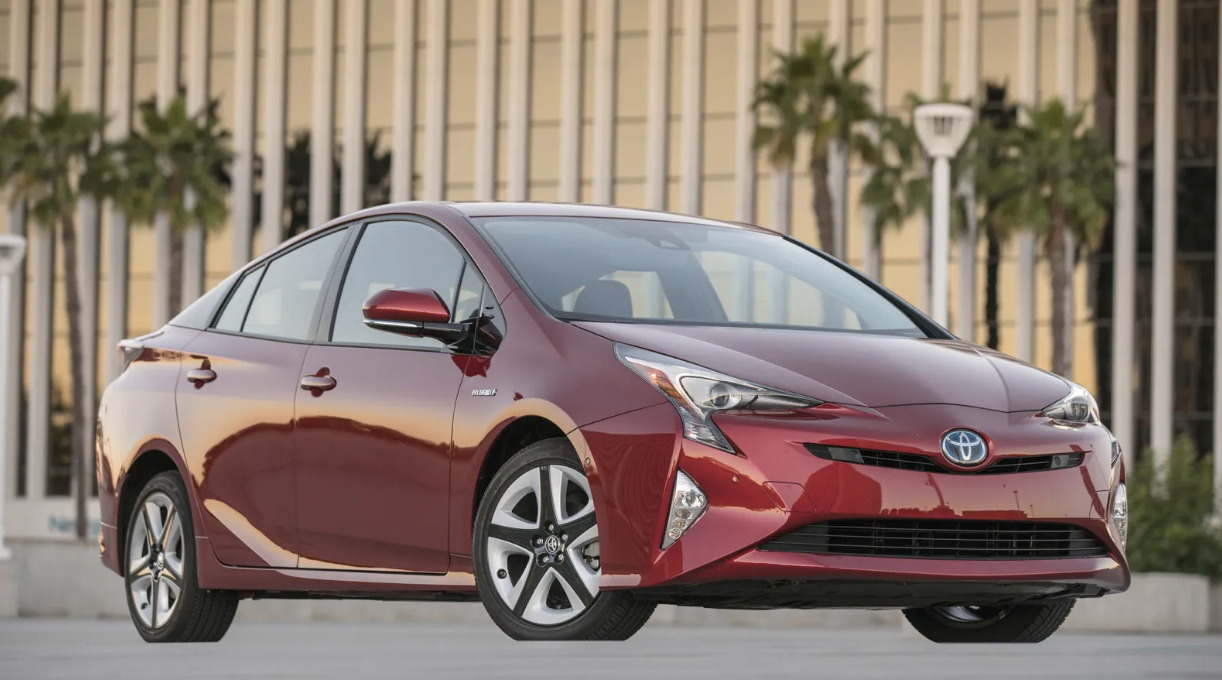
Oh, Prius. Why do rideshare drivers like you so much? And when I say “like,” I mean love. When I first interviewed him two years ago, Bay Area Uber Driver Aga Jabrayilov said, “The best car for rideshare is Prius and Prius only,” and the Prius won my informal Facebook poll with 60% of the total votes. It’s probably the only thing that many rideshare drivers agree on.
I thought about doing another poll of our Facebook group members, but why bother—the Prius’ dominance is so obvious I’ll risk scientific incertitude.
The Toyota Prius is as ubiquitous to rideshare as the Ford Crown Victoria or Checker Manhattan was to the taxi industry. And no wonder: it’s the best-selling hybrid in the USA.
In fact, it’s one of the best-selling cars, period, which means there’s an unlimited supply of clean, used, low-mile examples. That also means it’s cheap and easy for do-it-yourselfers to find parts, watch instructional videos and keep their rides going year after year.
Chances are, you could probably find an older, cheaper example in good shape and drive your per-mile cost below my next recommendation, the Bolt EV, but I chose to stick to the 2017 or newer because it’s just so much nicer than the third generation models it replaced, with a better economy, handling power and a quieter ride with more amenities.
It’s also (somehow) even weirder looking, but nobody can call its appearance boring. You can’t go wrong with a Prius, but you probably knew that already!
Lincoln MKZ Hybrid (2014-newer)
- Low Price: $15,426
- MPG: 38 city/37 hwy
- Cost Per Mile: $.28
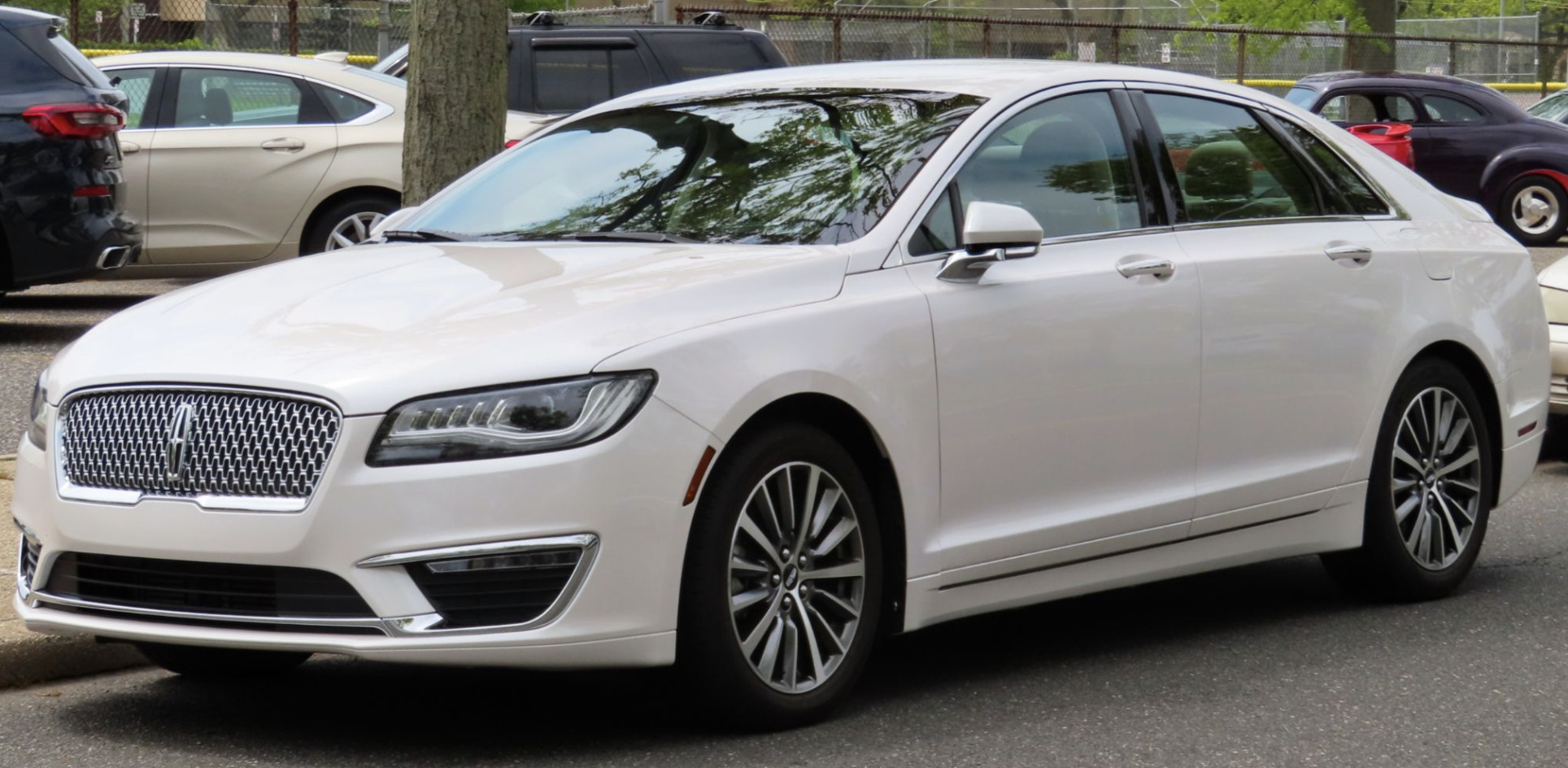
I made this recommendation two years ago and I’m sticking with it. As before, compared to other entry-level luxury cars the Lincoln is lacking: after all, it’s just an upscale Ford Fusion. But it’s still (by far) the cheapest car you can use for Uber Select and Lyft Luxe, and it goes without saying that you’ll be eligible for Uber Comfort.
This may boost your earnings, but I found that in an informal and unscientific survey of Uber Select drivers, you’re unlikely to get enough premium-priced rides to see that much difference in earnings.
Still, it is nice to drive a luxury car, especially one as economical and highly-rated as the MKZ. It’s the same powertrain as Ford’s C-Max and Fusion hybrids, and that means it’s reliable and easy to find a dealer. This could be your car.
Chevrolet Bolt EV (2017-newer)
- Low Price: $18,500
- MPG: LOL
- Cost Per Mile: $.14

Yes, yes, I know I’m biased: my first RSG article (and videos) were all about driving my Bolt EV for rideshare, but the numbers back me up: I’m saving 15 cents a mile (or more) in operating costs compared to a gas car like a Honda Civic.
That’s $83 a week, or $2 an hour, and that’s not even factoring in incentives like cheaper off-peak charging (I pay $7 to drive my car 238 miles if I charge at home during off-peak hours), carpool lane privileges, or the occasional bonus programs Uber and Lyft may toss our way.
Oh, and I drive in California, where gas is $1 more than the national average. Consider that while electricity rates are subject to regulatory approval, oil companies raise their prices on a whim, usually at a time when you’re driving the most.
The Bolt is also really fun to drive and passengers love the quiet, smooth running, and general green vibe of my car.
Chevy Bolt Recall
Somewhere deep inside the battery packs of some random number of cars are bad battery modules, a result of a design or manufacturing error at LG Chem manufacturing facilities. Every last one—288 per car, or 28 million—has to be replaced. It’ll cost GM about $1.8 billion.
Here’s the good news: if you have a Bolt, or are thinking of buying a new one, it’s probably fine. I feel like if it was going to catch fire it would have done it by now, but it could happen. That’s why I now, to the annoyance of my neighbors, park it outside my apartment building, even when charging, and I only charge it to 100 percent if I’m working a long shift the next day.
The reward for this inconvenience? When GM replaces your battery (at no cost), it’ll likely have the longer range of the 2020-2022 models and have an all-new, 8-year/100,000-mile warranty. So should you buy a Bolt? If you can make driving rideshare with it work given the restrictions, I’d say go for it.
You can also buy another used or new EV, like the Hyundai Kona/Kia Niro or Nissan Leaf, but the deals aren’t as favorable—you may as well get a Tesla Model 3, which is a great car, but still nowhere near economical.
EVs may not work for everybody. If you drive more than 238 miles in a shift, if you live somewhere that gets excessively cold (or hot), if you don’t have a place to charge at home, it could drive your expenses into Sonata/Camry/Accord-ville, in which case a nice big hybrid may be a better choice.
Do you use an EV to drive for rideshare or delivery? Join our Facebook Group for EV gig drivers for discussions about the current state and future of EVs.
Cheap Cars for Rideshare Drivers
- Low Price: $3,600 (2010 Nissan Versa)
- MPG: 10-50 city/12-50 hwy
- Cost Per Mile: $.18 (hybrid), $.33 (non-hybrid)
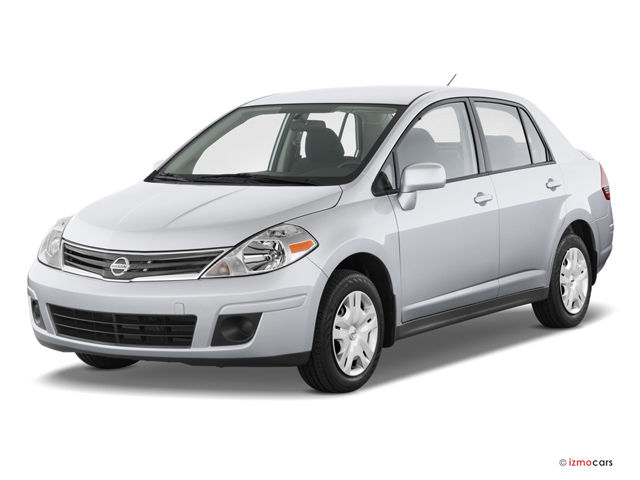
Used cars have inched—nay, rocketed—up in price this year, so as a thought experiment, I plugged a bunch of criteria into Autotrader.com’s search engine, criteria I would use if I didn’t have a lot of money to purchase a rideshare car. A lot of these things went against every instinct I have, but it might work for you.
For instance, mileage. I wouldn’t want to buy a car with over 75,000 miles, but maybe I should. Hear me out: when you search for cars with over 200,000 miles, suddenly you get some pretty nice options…for cheap.
How cheap? How about a 2012 Hyundai Tucson for $2,988? Or a 2012 Honda Accord for just $5,399? Or a 2014 Toyota Camry hybrid for $5,500?
How about making the big bucks doing UberXL with a 2008 Kia Sedona for $4,538? One thing I noticed is that when car dealers (especially hybrid new/preowned dealers) offer a high-mileage car for sale, it’s a pretty nicely maintained and equipped example.
A high-mile used car can be a good deal, but old cars need lots of expensive repairs, no? This is true, but I spent about seven years driving taxicabs with sometimes over 300,000 miles on them, and they were pretty awful—I had brakes catch fire and transmissions barf out all their cherry-red ATF—but they ran and I made money driving them.
Of course, the cab company had a giant garage and full-time mechanics keeping them going, but buying a budget car now is different from back in the ’90s for a few reasons.
Cars are better engineered and more reliable, the cost of parts has declined, and YouTube. YouTube? Well, if you’re moderately handy with a wrench and have a place to work on your car, you can save a lot of money doing the simple, common stuff yourself.
Brakes, belts, hoses, batteries, alternators, fluid changes…many of the common things that fail are surprisingly simple (if dirty and time-consuming) to do, and no matter how weird or old the car is, or how obscure the task, there’s probably a decent video showing you how to do it.
Vehicle Maintenance
We actually shared what every rideshare driver needs to know about car care here – bookmark it!
Even if you pay a garage to do stuff for you—and I strongly recommend having a pro do anything that involves a lift, like suspension or hybrid battery replacement—buying an inexpensive car can still save you money in the long run.
A car with over 150,000 miles on the odometer needs an average of $5,000 of repair and maintenance per 25,000 miles traveled, according to Your Mechanic, a mobile-mechanic service provider. (Your Mechanic uses its (huge) dataset to figure out the average cost to repair thousands of different makes and models—a good resource).
That’s about $2,000 more than a used car with 75,000 miles would require, but after about nine months of rideshare duty, that 75,000-mile car is going to be a 100,000-mile car, with a big jump in average repair costs bringing it into parity with a budget vehicle.
Looking for mobile, online, or local mechanics? We’ve reviewed some of the top mechanic services out there and shared our reviews:
The upshot? You’ll spend an extra $266 a month (about $1,500 divided by 12) on average keeping your budget vehicle safe and rolling compared to purchasing a new or low-mileage used car…but you’ll likely save more on insurance, registration, and car payment (if you even have one!).
This is an especially good option for those with not-great (or no) credit, and mechanical ability and who drive mostly on smooth, well-maintained highways with an equally smooth (and placid) driving style.
A final note about buying a budget vehicle—like any other high-reward endeavor, it’s risky. Spend as little as possible and be very careful when you buy, remember salvaged or rebuilt titles are a no-go for Uber, and do your research! Find out parts availability and if there’s a good independent mechanic to help keep the old girl humming.
High-mile cars can work! There are many documented cases of a Toyota Prius, for instance, going half a million miles on the original engine, hybrid battery, and transmission, so maybe a budget vehicle can work for you.
Related:
Do I Need to Buy a Car to Drive for Uber and Lyft?
First, sit down and ask yourself: do I really need to buy a car?
You need to ask yourself this because, in a lot of cases, it may make more sense to rent. We’ve written a lot about rental options, so renting may be better than owning if you:
- Are only working a little and can use an hourly service (like Getaround)
- Want to do rideshare full-time but aren’t sure you’ll like it?
- Are transitioning professionally or geographically or just hate the idea of ownership, or…
- Have any number of other issues, like financing, rideshare insurance, or social factors that make car ownership unappealing.
- Want a clean, late-model car you don’t have to worry about maintaining or insuring.
From testing and evaluating lots of rental services, I think a focused and careful driver, in the right circumstances, can make similar money, or the difference in income will make the advantages of ownership murky. If that’s the case for you, check out our page on Uber rental options.
Looking at the spreadsheet I made, you can see that the rental option isn’t as crazy as you’d think—if you drive a lot. A rough estimate is the average insurance cost for a rideshare driver is about $2,500 a year, and the rental car company pays for all maintenance—oil changes, tires, tire rotations, all of it. My math may be sloppy, but that tells me that if you drive a lot, renting is pretty affordable.
Crunching Numbers
Discovered that buying is for you? Good! Now the fun begins. Fire up Excel, or check out my spreadsheet, download it, plug in your own assumptions and data, and crunch some numbers.
To build my spreadsheet, I tried to figure out what an average rideshare driver would look at before they bought a car. I used current gas prices (and electric rates!) averaged across the country; we here in California pay (a lot!) more for gas.
I also used data from YourMechanic.com to estimate maintenance costs and used Autotrader.com to find the typical price of the car from each category.
In general, I recommend buying a car still under factory warranty so you can buy an extended warranty, but some cars don’t need one, and getting a later-model car may drive the price of a used one so much you may as well just buy new.
I then assumed a driver would roughly match my experience in miles driven per year: about 40,000 miles for 40 hours per week. I also assumed they would see similar fuel economy: about 20% less than the EPA rating, as rideshare work is primarily short, stop-and-go hops during times of heavy traffic.
Then, I added up fuel (or electricity) and maintenance to the total purchase price (not counting tax and licensing costs, which vary from state to state) and divided it by 200,000 miles to determine the cost per mile. As for depreciation, what of it? I don’t think it matters. Any rideshare car with over 200,000 miles on it is worth roughly the cost of a hot school lunch.
Also, note that when it comes to modern cars, so long as the car’s performance and features work for you and you avoid cars from a continent that rhymes with “syrup,” it’s kind of hard to go wrong, so please read this guide as more of a mechanism to find your perfect car rather than an endorsement of any particular brands.
I’ve driven many of the cars listed, and while I think Hondas are the best in many categories, some drivers swear by (and pay a premium for) Toyota’s reputation for durability and quality. Additionally, I am very impressed with Hyundai/Kia’s value, fun-factor and 100,000-mile powertrain warranty, so I think whichever of these you choose, you can’t go wrong.
In fact, while researching the update for this story, I talked to numerous drivers and passengers about what kind of cars they preferred. The drivers uniformly told me that the best car was the one they were driving, whether it was the 15-year-old Honda CRV inherited from parents or an 80,000-mile Tesla Model 3.
Just like driving strategies, drivers find what works best for their cities, preferences, and styles.
Choosing the Best Rideshare Car
The recent landscape has changed, given the rise in car prices, fuel, and the crisis that has struck Bolt-landia. So did things change substantially?
Not really! The Bolt is still an amazing rideshare car, and a used one is still a very low-cost option. But it’s not quite as cheap as finding some aged (but well-maintained) hybrid, and it could be as long as two years to get those batteries replaced.
Of course, your costs may vary depending on how much gas is where you drive and how good you are with tools. And if you have to pay six cents a mile more to get a newer car, and not have to inhale the scent of aged velour and dog hair, isn’t it worth it?
That’s why I think I have to take the trophy away from my Bolt and hand it to a late-model Prius, because a) I hate negative comments and b) it’s an easy and obvious choice. But whatever you get, make sure you’re buying the best car for you. Do your homework, be prepared and don’t drive yourself crazy.

